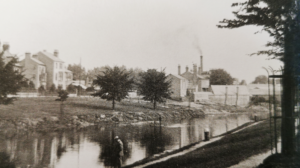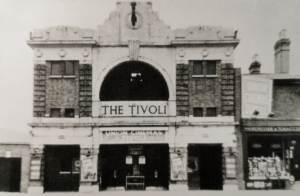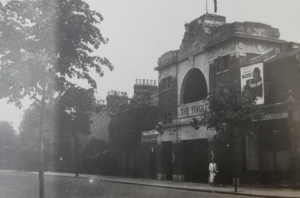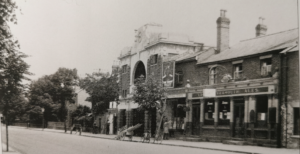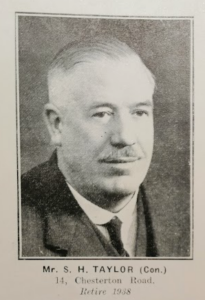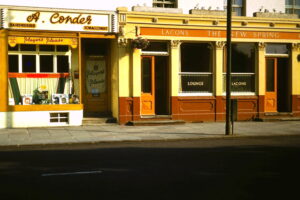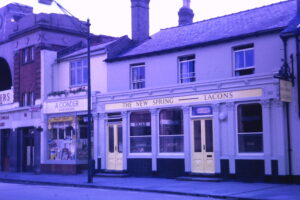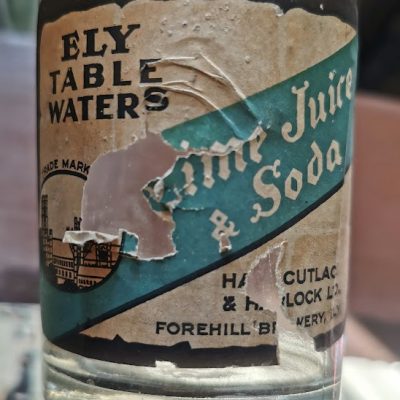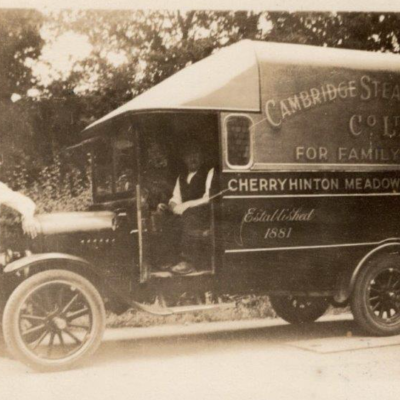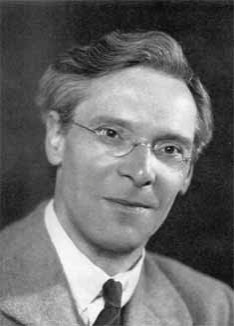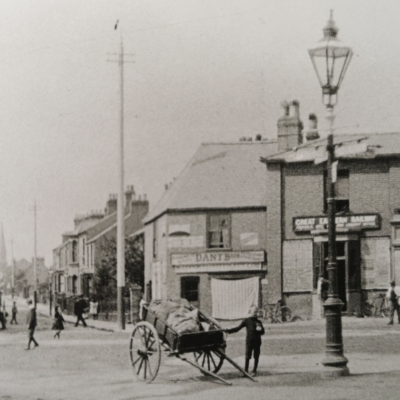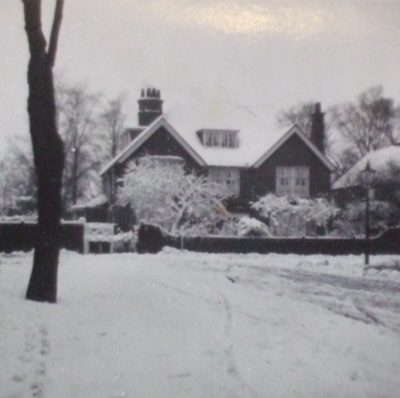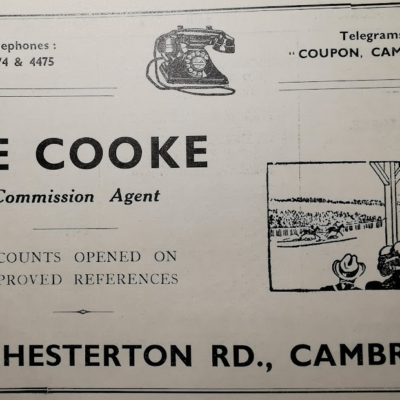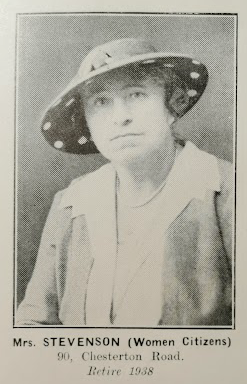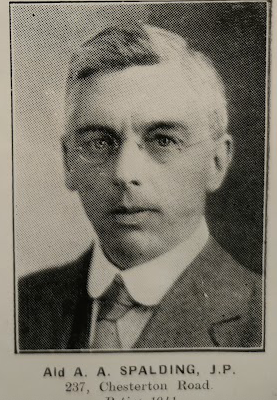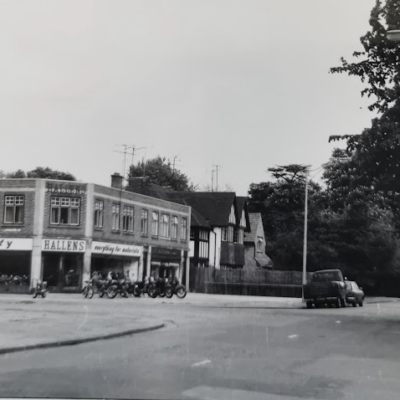Search by topic
- archaeology
- Building of Local Interest
- charity
- church
- crime
- dressmaker
- fire
- Great Eastern Railway
- Listed building
- Mapping Relief
- medieval
- oral history
- poverty
- Public House
- Rattee & Kett
- Religious House
- Roman
- scholar
- school
- Then and Now
- tudor
- women
- work
- world war one
- world war two
Search by text
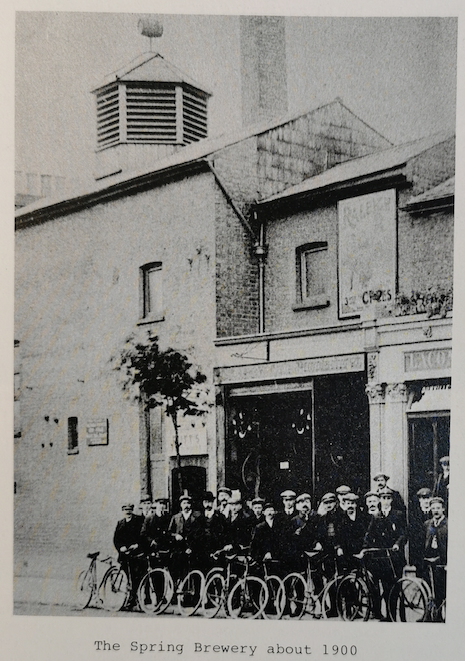 Spring Brewery c. 1900
Spring Brewery c. 190014 -16 Chesterton Road, Spring Brewery, Tivoli Cinema
History of 14 Chesterton Road
The brewery was founded about 1855 by James Dyson.
1880 sold to C Preston.
The owner of the Spring brewery which predated the Tivoli cinema was James McCallan Preston. He sold it to the brewer E Lacon in 1898 for £38,000.
1900
1925
Most of the brewery buildings were demolished and the Tivoli Cinema, Cambridge’s second purpose built cinema, built in 1925. The architect was George P Banyard. The lower end of the cinema was reputed to flood when the river level was high.
The photo shows the advert for “The Desert Flower” with Colleen Moore. The Tivoli Cafe is next door.
1939-1945
The Little Theatre, Chesterton Road was HQ ‘D’ Coy 5 Cambs Bn
1956
The Tivoli closed in 1956 and after a period as a warehouse became the The Exchange restaurant and health club.
1962
The New Spring public house
(14a) Arthur Conder, hairdresser
(16) Flinders (Wholesale) Electrical Retailers
1963
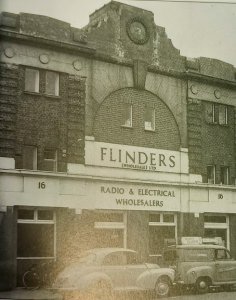
Tivoli Cinema in 1963, Flinders electrical wholesaler. Subsequently converted into fitness centre and then a pub.
There was a major fire at the premises in 2015.
Information about the restoration can be found here:
http://cinematreasures.org/theaters/36849
Contribute
Do you have any information about the people or places in this article? If so, then please let us know using the Contact page or by emailing capturingcambridge@
License
This work is licensed under CC BY-NC-SA 4.0





